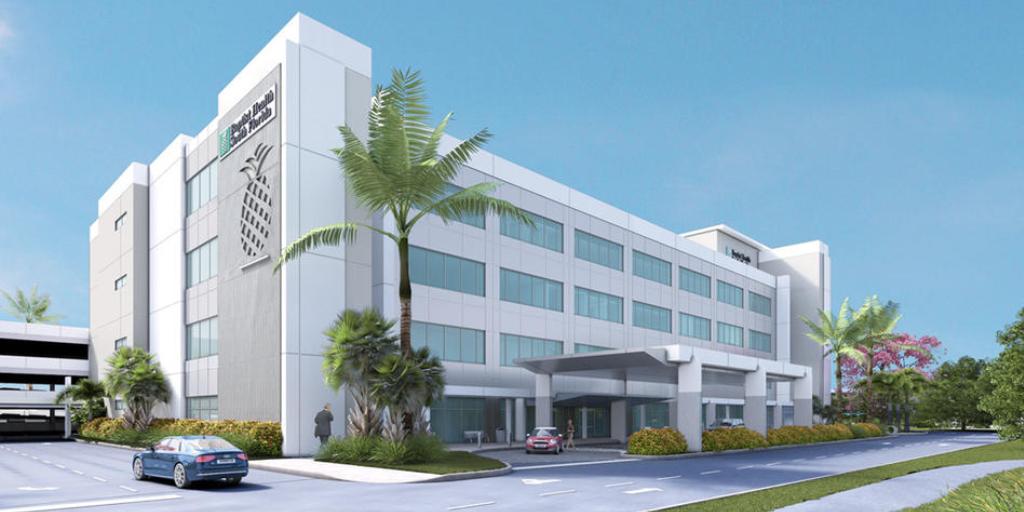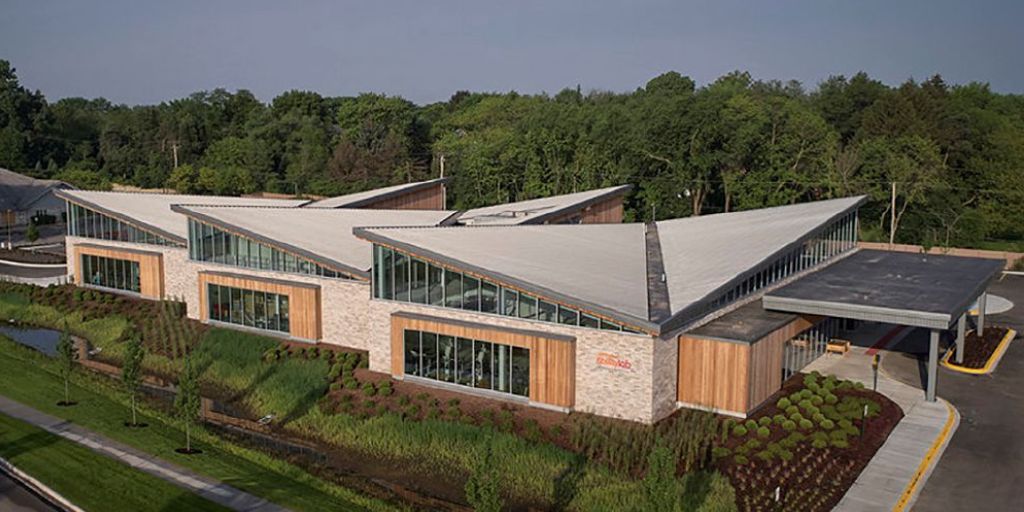
In its most recent national medical office report, Marcus & Millichap revealed that there’s an increased demand in off-campus medical office and a rise in mergers and acquisitions is changing the landscape of healthcare systems and care delivery. Medical office property sales velocity across the entire U.S. increased 5 percent over the past year.
A key point of the report forecasts that medical office properties will sustain a positive outlook in 2019 as strong employment and aging demographics align with favorable sector trends that will boost performance.
“Demographic trends and mergers and acquisitions are accelerating demand for medical office as firms desire more modern spaces and baby boomers retire at a rate of roughly 10,000 per day,” Al Pontius, Marcus & Millichap’s senior vice president and national director of specialty divisions, told Commercial Property Executive. “Cheap financing via low-interest rates makes cutting costs a quick way to grow profits and revenues,” he added.
Acquisitions and mergers are on the rise, Pontius explained, due to regulation and cost control among insurers and providers as well as innovation at the biotech, biopharma, medical device and pharmaceutical firms.
Naturally, baby boomers are a key driver of overall demand and, as this segment continues to increase year after year, Pontius noted it will create the need for more medical office space and the services they provide. Another factor in the need for space is an increase in enrollment in medical school over the past 10 years, which means the requirement for services will grow and the need for medical office space will grow nationwide.
DEVELOPMENT STATUS
Construction activity for 2019 has experienced somewhat of a broad slowdown, with concentrations in sunny, retirement-oriented states such as Texas, Florida, Arizona and California. “Building facilities remain extremely modern, with locations on and off campus as service areas expand to more suburban settings,” Pontius said. “While development had been increasing over the past few years, the completions remain well below the peak of the last cycle and we will see deliveries that is much lower in the year ahead.”
The report revealed that vacancy remains broadly higher in markets seeing the most construction as developer excitement has slightly exceeded the considerable demand that currently exists, particularly in the Southwest U.S. Marcus & Millichap also highlighted that institutional investors and REITs are focused on high-quality medical office buildings that are fully occupied near major hospitals or in medical corridors.
“Other locations where development is more expensive—NorCal, NYC—or the markets are less ‘sexy,’ such as Midwestern cities, remain much tighter than the overall market. Demand is highest in the Southwest and Southern United States, where retirees are rapidly moving to,” according to Pontius.
There’s been a lot going on around the healthcare industry. Earlier this month, Healthcare Realty Trust expanded its portfolio with the acquisition of two medical office properties totaling 158,338 square feet in the Washington, D.C. suburb of Fairfax, Va., for $46 million. Also this month, Catalyst Capital acquired a medical office building that serves as a U.S. Department of Veterans Affairs outpatient clinic in Lowell, Mass., for $11.4 million.
Source: CPE




